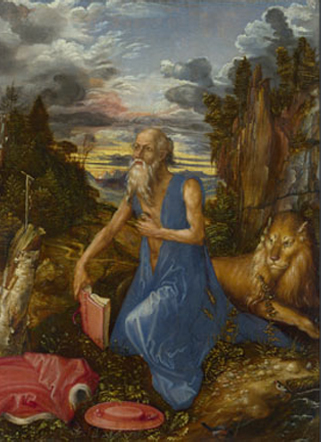The National Gallery has acquired its first oil painting by Albrecht Durer. It is the only example by the 15th-century German artist to be found in any British museum. By Andrew Graham-Dixon
Almost unnoticed, Neil MacGregor, director of the National Gallery, has been determinedly pursuing an unfashionable but enlightened acquisitions policy. He has been buying Northern European pictures. To be more specific, he has been buying German pictures. In fact, not since the days of Prince Albert has anyone in Britain been prepared to adopt a pro-German cultural policy with such undisguised enthusiasm.
Since 1987, the National Gallery has acquired the following works of Germanic origin: Winter Landscape, by the Romantic artist Caspar David Friedrich; Portrait of Alexander Mornauer, a splendidly craggy and direct masterpiece of 15th-century German portraiture by the anonymous painter known only as the Master of the Mornauer Portrait; Lucas Cranach the Elder's Portraits of Johann the Steadfast and Johann Friedrich the Magnanimous; Abraham and Isaac, by the German Nazarene, Johann Heinrich Ferdinand Oliver; Wolf Huber's marvellous painting of despair and compassion, Christ Taking Leave of His Mother, circa 1520 (this touching relic of the highly emotional piety that swept across Europe in the late 15th and early 16th centuries has now been restored and is on display in Room 1); and, greatest of all by some distance, Hans Holbein's incomparable Lady with a Squirrel and a Starling.
This is an impressive roll-call. As a result, the shape of the National Gallery's collection has been sig-nificantly altered. Some of the many distortions wrought upon our sense of art history by two world wars and the rise of National Socialism are being quietly but firmly corrected. When we are ready, once again, to re-member the Teutonic contribution to European painting (and, indeed, European culture as a...


